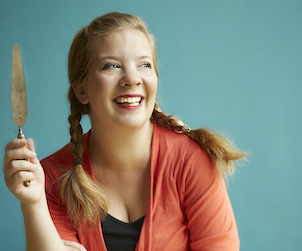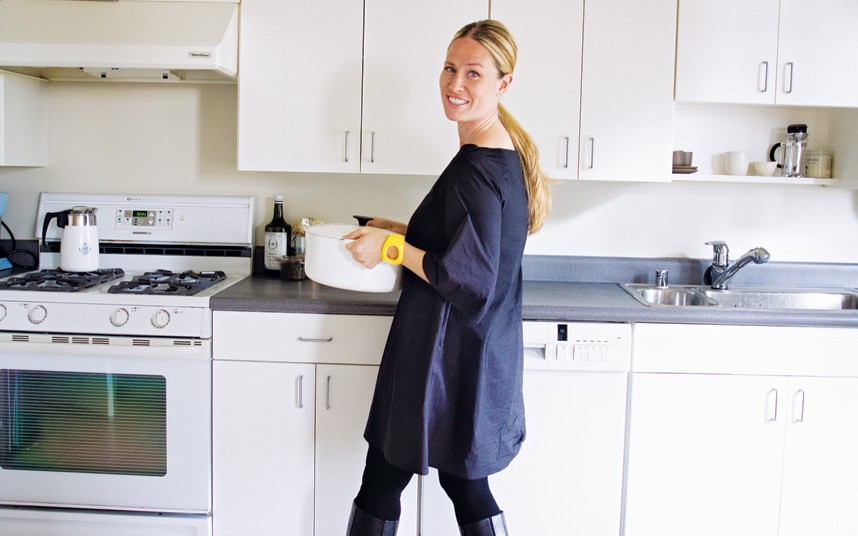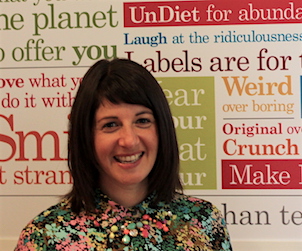Malcolm Jolley talks to Dutch Feast cookbook author Emily Wight.
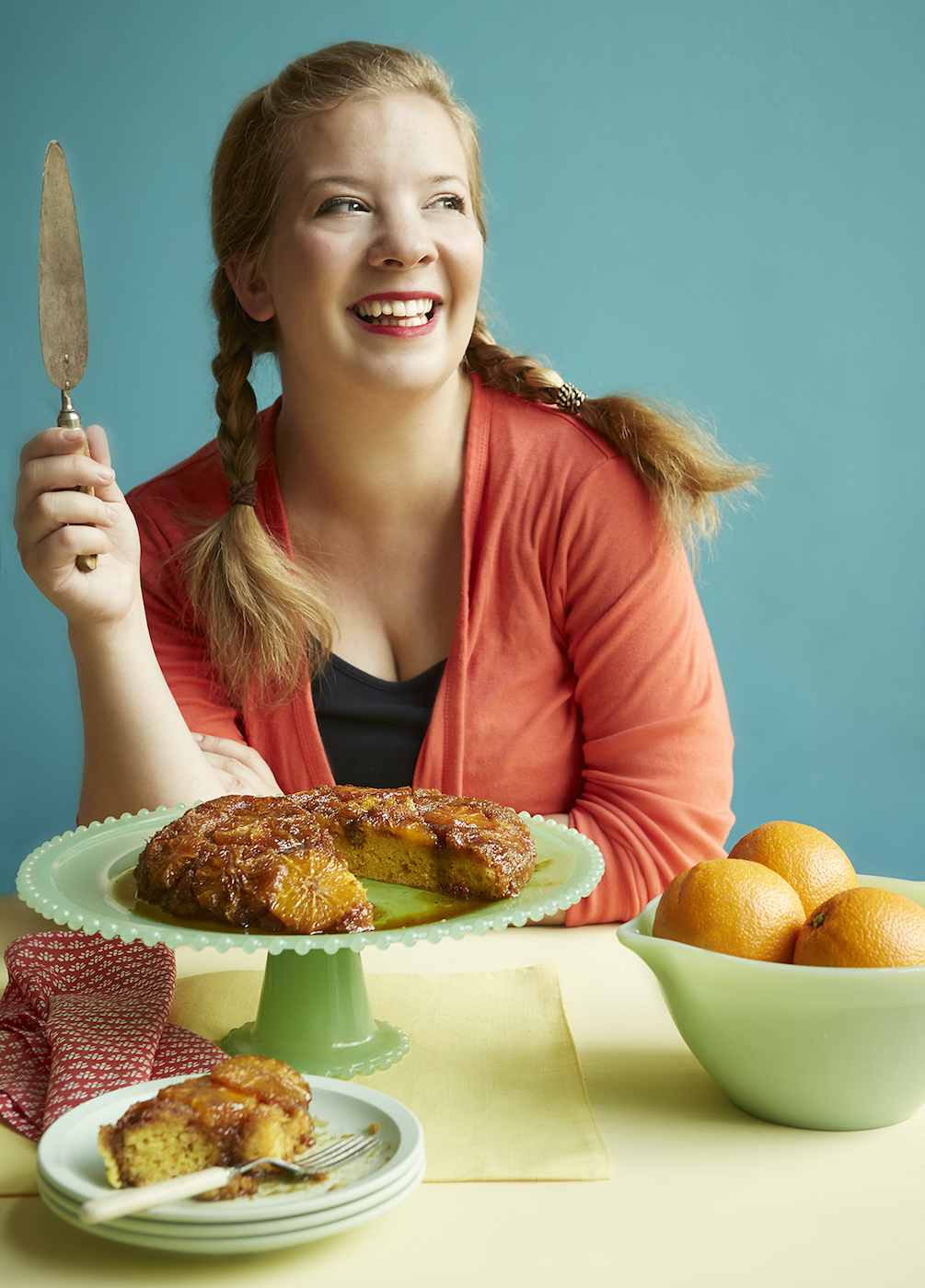
Photo: Tracie Kusiewicz, foodiephotography.com
Over a million Canadians claim at least some Dutch ancestry, and yet one might be hard pressed to think of many Dutch dishes that have become everyday standards. Vancouver author and blogger Emily Wight might change that. Wight married into a Dutch-Canadian family that kept up or adapted the foodways of her husband’s grandparents, which she enjoyed immediately and got her interested in the cuisine of the Netherlands. Her new cookbook Dutch Feast combines traditional Dutch recipes with one influenced by the spices and flavours of the former Dutch colonies, like Indonesia, as well as modern takes on everything from snacks to desserts to comfort foods and anything else in between or beyond. It’s more than practical, it also pretty and full of colour photographs by Tracie Kusiewicz. Wight also provides more than straight forward recipes, she includes notes on the history and place in Dutch culture of each category of dish, for those of us who wish to know more than just ‘how’ but also ‘why’.
I met Emily Wight in Toronto recently to talk more about Dutch Feast and the cuisine that inspired it. We began by eating a butter cake from the book. A “non traditional” one, with saffron and pastiche’s instead of almond. (Delicious, like an exotic shortbread.) Wight explained that Dutch dessert tradition is mostly focused on things eat during the day, with a coffee. So that’ what we did. We had a coffee in my kitchen, and I had a second piece of butter cake while we engaged in the chat below.
 This interview has been edited for clarity, length, and style.
This interview has been edited for clarity, length, and style.
Good Food Revolution: Wight is not a Dutch name, so I understand it’s your husband who is the Dutchman?
Emily Wight: Yes, he is a Vanderwood.
Good Food Revolution: OK, but what about you? I know that you run a successful food blog in Vancouver, and that this is your second published cookbook, but what’s your background? How can we introduce you to GFR readers?
Emily Wight: Well, I do a little bit of everything. My background is creative writing; I studied at UBC. I had to write a lot at UBC, but when I graduated I wasn’t writing as much anymore so I started the blog [wellfedflatbroke.com] because I was used to producing and I had to dump my brain somewhere, and it’s done pretty well, although I should probably update more than I do. Anyway I wrote a book [Well Fed Flat Broke] based on the blog about budget friendly cooking. At that time I was recently graduated, my student loans were kicking in and I had recently got married so I was living on a shoestring. That did really well.
Good Food Revolution: So why the shift in focus?
Emily Wight: I have always been interested in Dutch cuisine. I think there’s something in the national character: you don’t brag. So, the Dutch don’t talk a lot about their cuisine. Many of the delicacies you would only see if you were in a Dutch community, or if you went to a Dutch bazaar or store. I wanted to tell people about them. There’s a lot of good food there.
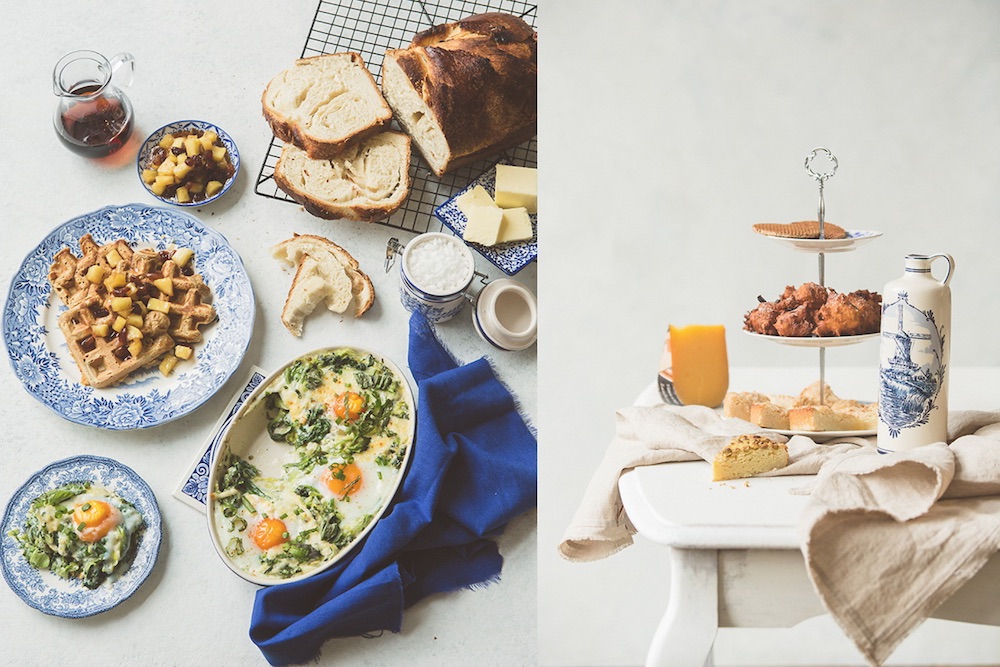 Good Food Revolution: And you were introduced to it through your husband and his family? Are they recent immigrants?
Good Food Revolution: And you were introduced to it through your husband and his family? Are they recent immigrants?
Emily Wight: No, Nick’s grandparents came from Friesland after the Second World War. Canadians liberated their village and they quite fond of the Canadians and they came here and settled in Edmonton originally.
Good Food Revolution: There is a pretty good Canadian-Dutch relationship, right? Queen Beatrice was born in Ottawa, for instance.
Emily Wight: There is a positive relationship all the way around. I remember the first time I went over [to my husband’s family] for dinner. I wasn’t eating meat at the time. They had made Nasi Goreng for me, with is an Indonesian inspired fried rice dish. It’s the kind of thing you make with your leftovers. They had fried bananas and fried eggs, and I remember tasting it and thinking, wow this is incredible! I had never seen it before. This is before we started looking at Dutch food broadly, but it was so interesting and different. I would go to dinner there regularly and there was always boerenkool, a stamppot with potato and kale, long before kale was trendy. There were all these ingredients and recipes that weren’t common but that Dutch families were making every day at home.
Good Food Revolution: Isn’t one of the nice things about Dutch cuisine, because it’s a Northern European cuisine, is that it uses ingredients that are more or less available in North America? Like you don’t need olive oil, and olives and lemons? On the other hand, the Dutch were great traders, and imported all kinds of exotic things. So, I’m not sure where I’m going with this.
Emily Wight: If you look at a lot of the Dutch Masters art, it’s a bit of a brag. They would show they had grapes and lemons. But a lot of Dutch food is really simple, using root vegetables, hardy greens, and butter. All things that you can get easily. And they’re such comforting foods.
Good Food Revolution: I don’t know if it’s the case in Western Canada, but the Dutch were huge agricultural pioneers in this part of the country and even to this day there are Dutch immigrants who come here to farm.
Emily Wight: There’s an area just outside Vancouver called Ladner. When we were taking the train up to north to Friesland to visit Nick’s relatives, it looked a lot like Ladner. And they’re both fairly rainy climates, so if you’re Dutch and settle in BC, you’ll feel right at home.
Good Food Revolution: So how did you get to be on that train, researching Dutch food? When did you start cooking dutch?
Emily Wight: It started with the cheese. There’s a Dutch store in New Westminster, Holland Shopping Centre, where I really started to explore. We would just pick up interesting looking things. It was a multi-year process of learning, for sure. But when I committed to the book, we really started learn a lot more, studying regional dishes. Things like mussel soup, which aren’t things my husband’s family ate. It opened up a whole new world.
Good Food Revolution: So, Dutch Feast isn’t a family recipe cookbook, this is more an overview? This Emily Wight the food writer taking on a subject of interest.
Emily Wight: Right. I think of British food and the renaissance it has experienced in the last 15 or 20 years. We always thought of British food as, you know…
Good Food Revolution: Uh, yeah.
Emily Wight: But I think there’s similarities. A period of poverty after the war where the cuisine suffered. Now, people in Netherlands are rediscovering some of the old recipes, and old ways of doing things. It’s the same kind of thing. There are these great nourishing dishes there. I mean you don’t have a culture of really tall, happy people on crap food! So, I wanted to know more about that, and we ate really well when we were there.
Good Food Revolution: When did you go and for how long?
Emily Wight: We went when the book was nearly fully formed, and we went on a two week mission just to eat. We took our son, who was four when we went (he’s six now). He loved it. Everywhere we would go they would wonderful things for kids: pancakes, chocolate toast. It’s kid heaven. The dairy case in the grocery store is enormous, and at the end you can buy pitchers of pudding. So, after dinner you can pour yourself a bowl of pudding! Anyway, it was two weeks of designated eating and a very brooding trip, in many ways.
Good Food Revolution: Did anything, other than pudding pitchers, surprise you?
Emily Wight: Just how flavourful the food is. When you talk to Dutch people, a lot of them will say, ‘What is there to Dutch food? It’s a lot of mush.’ And they do love a potato masher and a bowl of mush, but but there are all these really interesting spices and subtle details. For instance, saffron in things, like mussel soup, is really nice, and maybe a little unexpected. Some of the dishes end up being really refined. The geography is also really interning. In the south, they are close to Germany, so you’ve got really delicate tarts and interesting things like that.
 Good Food Revolution: Are there some areas or regions where you enjoyed the food more than others?
Good Food Revolution: Are there some areas or regions where you enjoyed the food more than others?
Emily Wight: I really liked Leiden. It’s a university town and it’s where stampott really originated. It’s the national dish. It was invented during the Siege of Leiden, as the Dutch were trying to reclaim their country from the Spanish who had occupied it. It lasted six months and the people in the town were starving. Things weren’t going well. The town’s mayor at the time even said, ‘You know what? If it will help you can even eat part of me.’ [Laughs.]
Good Food Revolution: I’m not sure I like where this going!
Emily Wight: Ha! They didn’t eat him. There’s a statue of him in the town square. Anyway, they figured out what to do. They opened up the dykes and flooded the land and the Spanish had to flee. As they were leaking somebody found a big pot of stew. That’s the origin of hutspot, the traditional mash of potatoes, carrots and things. They celebrate the end of the Siege of Leiden every year on October 3rd with a big bowl of this mash of potatoes and carrots, and a nice stew or meatballs.
Good Food Revolution: If someone was interested in Dutch cuisine and bought your book, where would you suggest they start?
Emily Wight: Well, I think the mustard soup is a really interesting and unusual dish, but you wouldn’t necessarily know there was mustard in it when you’re eating it. It just has a really warm, savoury quality. There’s a little bit of curry powder in there, it’s thickened with eggs, and it’s really easy to make. So, that’s not a bad introduction. And, I recommend the butter cake. It’s one of my favourites. And it makes your place smell so good.
Good Food Revolution: It’s really good. And again, the spices in the book and Dutch cuisine were, for me, a cool surprise.
Emily Wight: The Dutch got out there. They were interested in spices and colonized parts of the world where they come from, like Indonesia, and also where sugar was a big motivator, like the Caribbean. they travelled and they brought a lot back with them, so there are a lot international flavours to Dutch cuisine, that you might not find in other cuisines. Surinam, for example, is a great source of really interesting food. What I tried to do with Dutch Feast is include traditional Dutch recipes, some Canadianized recipes and also ones from around the Dutch world.
Dutch Feast can be found wherever good cookbooks are sold, like Good Egg in Kensington Market. Emily Wight keeps a blog at wellfedflatbroke.com.

